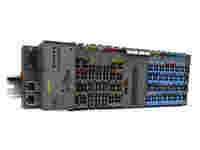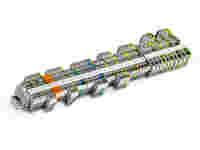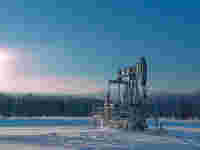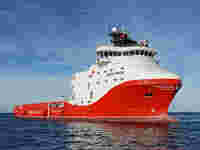Directive 2014/34/EU – Regulation of Manufacturer Obligations
According to 2014/34/EU Annex 1, the manufacturer must divide any equipment that can present ignition hazards (ignition sources) and lead to explosion into device groups and categories. For this equipment, an Ex type test and certification from one of the testing offices named must be conducted. If the device fulfills the requirements for the type test, the basis for the CE mark follows with the EC declaration of conformity. The equipment must come with operating instructions in which its proper use is defined.






